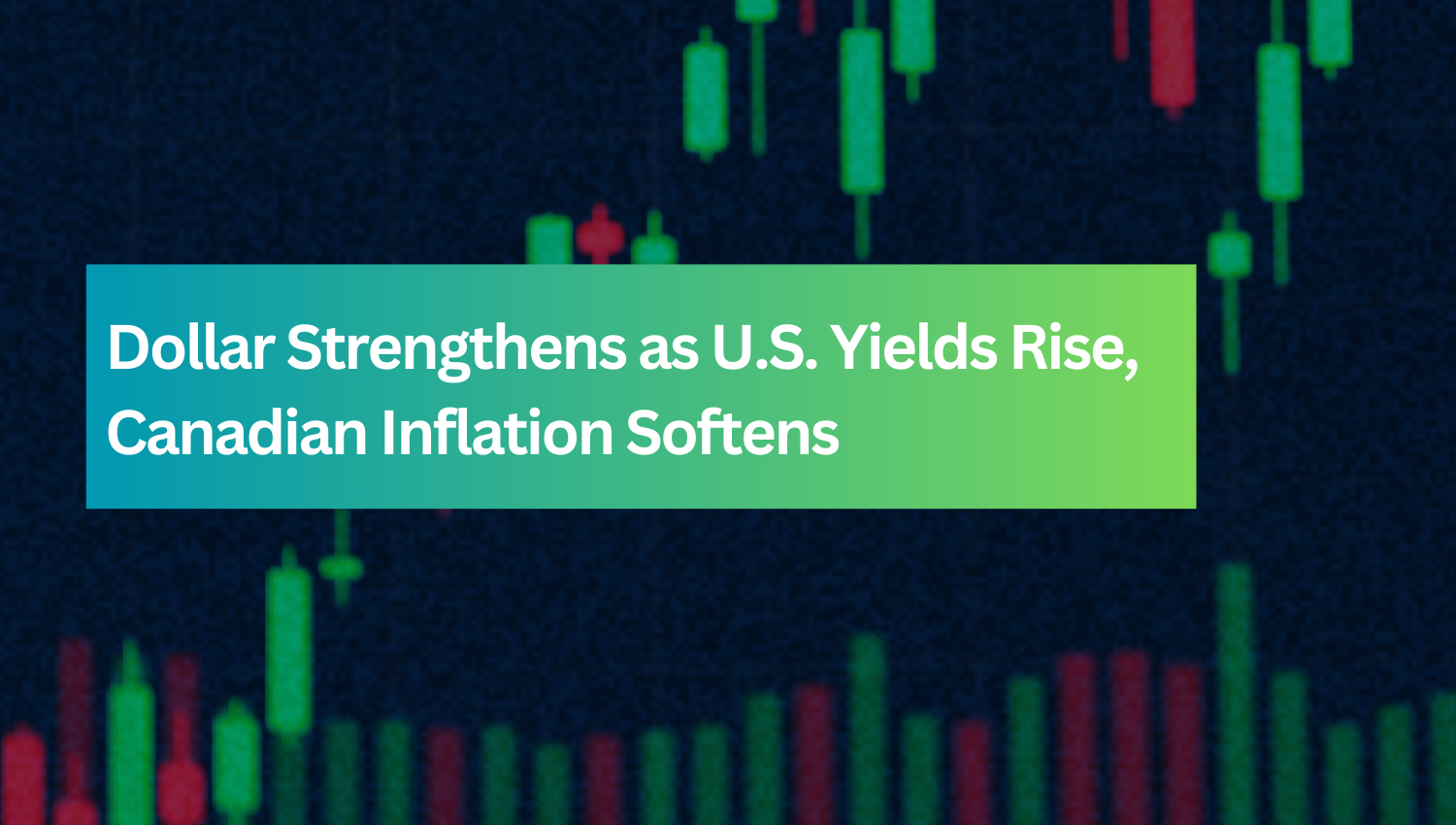Macro Outlook

The dollar climbed on Tuesday, buoyed by rising U.S. Treasury yields, following stronger-than-expected economic data. August retail sales saw an unexpected 0.1% increase, countering predictions of a decline, while industrial production and business inventories also surpassed forecasts. This positive data supported market sentiment ahead of a highly anticipated Federal Reserve rate cut, with many expecting a 50 basis point reduction. Meanwhile, weaker-than-expected Canadian inflation data heightened speculation of additional rate cuts from the Bank of Canada, which pressured the Canadian dollar. In Europe, Germany's economic sentiment index fell to its lowest level since October, highlighting ongoing concerns about the eurozone's economic health. Treasury yields rose by 2-4 basis points across the board, while U.S. equity markets were mostly stable, with the S&P 500 seeing minor losses.
Looking forward, the focus remains on the upcoming Fed meeting, where investors anticipate a rate cut. The size and forward guidance from the Fed will be critical in shaping the market's short-term direction. With robust U.S. data, there’s a chance the Fed could opt for a more restrained pace of easing, which may bolster Treasury yields and limit any downside for the dollar. Elsewhere, oil prices surged amid concerns over Gulf of Mexico output, while gold retreated from record highs as higher yields weighed on the non-yielding asset.
In currency markets, the dollar posted gains against most major counterparts. EUR/USD dropped 0.16%, driven by dollar strength and weak eurozone sentiment. The yen fell nearly 1%, as rising U.S. yields and profit-taking took a toll. GBP/USD slipped 0.47%, weighed down by Brexit uncertainties and sluggish UK economic data. Commodity currencies saw mixed results, with AUD/USD staying flat while AUD/JPY rose, benefiting from yen weakness. In Canada, the softer inflation report pushed the loonie lower against the greenback, pushing USD/CAD higher.
Currency traders are now awaiting the Fed’s decision, with a 50 basis point cut widely anticipated. Any deviation from expectations, whether in the size of the cut or the Fed's guidance on future moves, could lead to significant dollar movements, especially against lower-yielding currencies like the euro and yen. A more measured approach by the Fed could extend the dollar’s rally, while a dovish stance might prompt a pullback. Other central banks, such as the Bank of Canada and the European Central Bank, are also expected to introduce further easing measures, which could continue to support the dollar if U.S. economic data remains stronger than that of global competitors.

